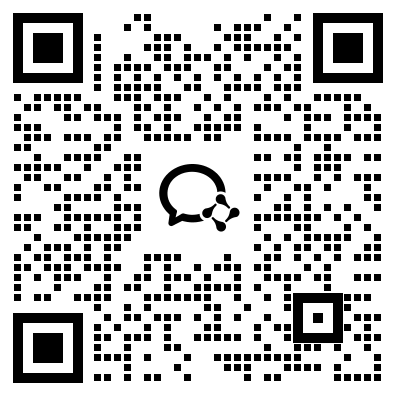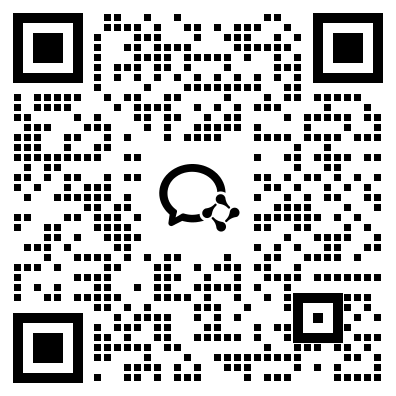Data from: Candidate genes and genetic architecture of symbiotic and agronomic traits revealed by whole-genome, sequence-based association genetics in Medicago truncatula
收藏DataONE2013-07-12 更新2024-06-27 收录
下载链接:
https://search.dataone.org/view/null
下载链接
链接失效反馈资源简介:
Genome-wide association study (GWAS) has revolutionized the search for the genetic basis of complex traits. To date, GWAS have generally relied on relatively sparse sampling of nucleotide diversity, which is likely to bias results by preferentially sampling high-frequency SNPs not in complete linkage disequilibrium (LD) with causative SNPs. To avoid these limitations we conducted GWAS with >6 million SNPs identified by sequencing the genomes of 226 accessions of the model legume Medicago truncatula. We used these data to identify candidate genes and the genetic architecture underlying phenotypic variation in plant height, trichome density, flowering time, and nodulation. The characteristics of candidate SNPs differed among traits, with candidates for flowering time and trichome density in distinct clusters of high linkage disequilibrium (LD) and the minor allele frequencies (MAF) of candidates underlying variation in flowering time and height significantly greater than MAF of candidates underlying variation in other traits. Candidate SNPs tagged several characterized genes including nodulation related genes SERK2, MtnodGRP3, MtMMPL1, NFP, CaML3, MtnodGRP3A and flowering time gene MtFD as well as uncharacterized genes that become candidates for further molecular characterization. By comparing sequence-based candidates to candidates identified by in silico 250K SNP arrays, we provide an empirical example of how reliance on even high-density reduced representation genomic makers can bias GWAS results. Depending on the trait, only 30–70% of the top 20 in silico array candidates were within 1 kb of sequence-based candidates. Moreover, the sequence-based candidates tagged by array candidates were heavily biased towards common variants; these comparisons underscore the need for caution when interpreting results from GWAS conducted with sparsely covered genomes.
创建时间:
2013-07-12



